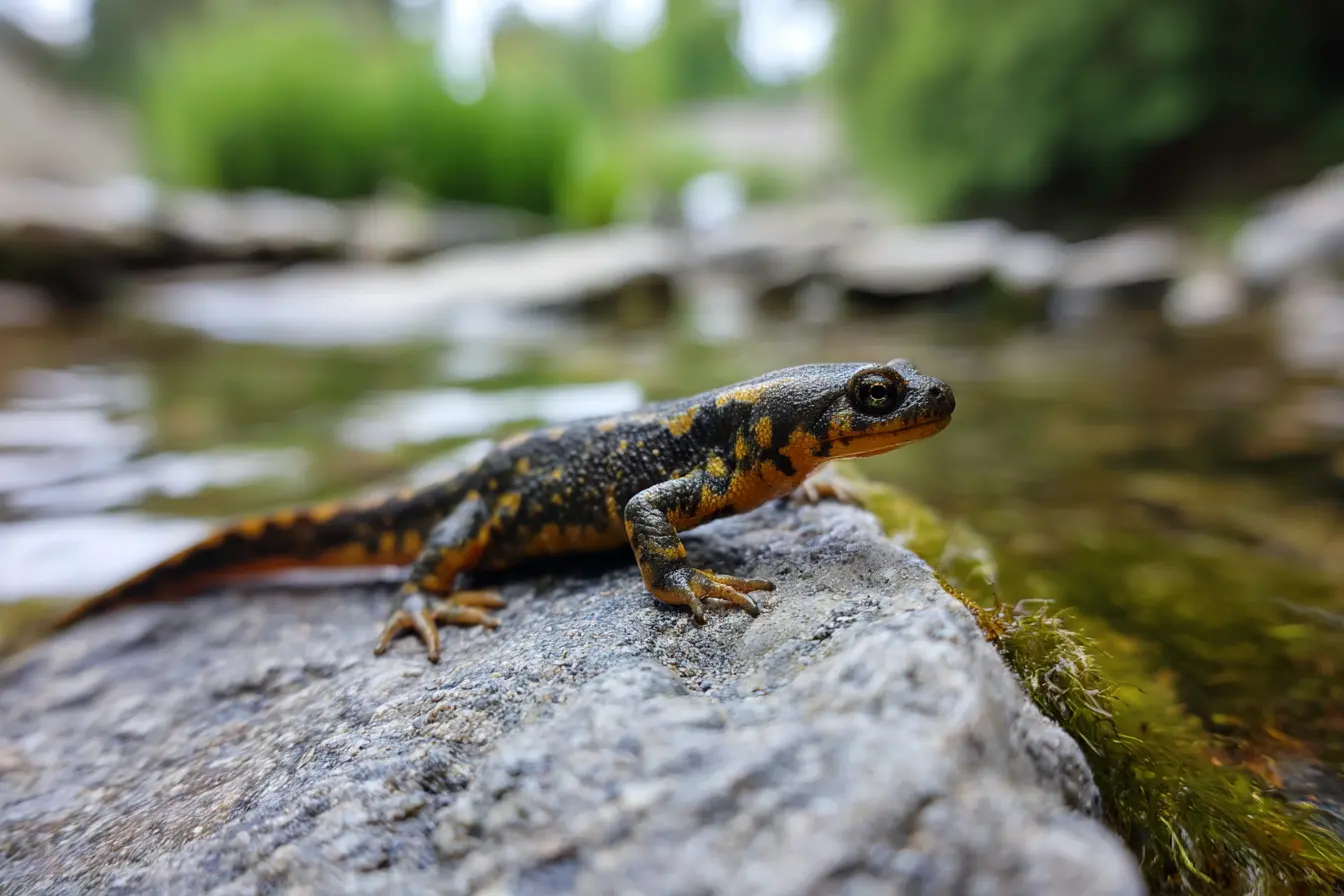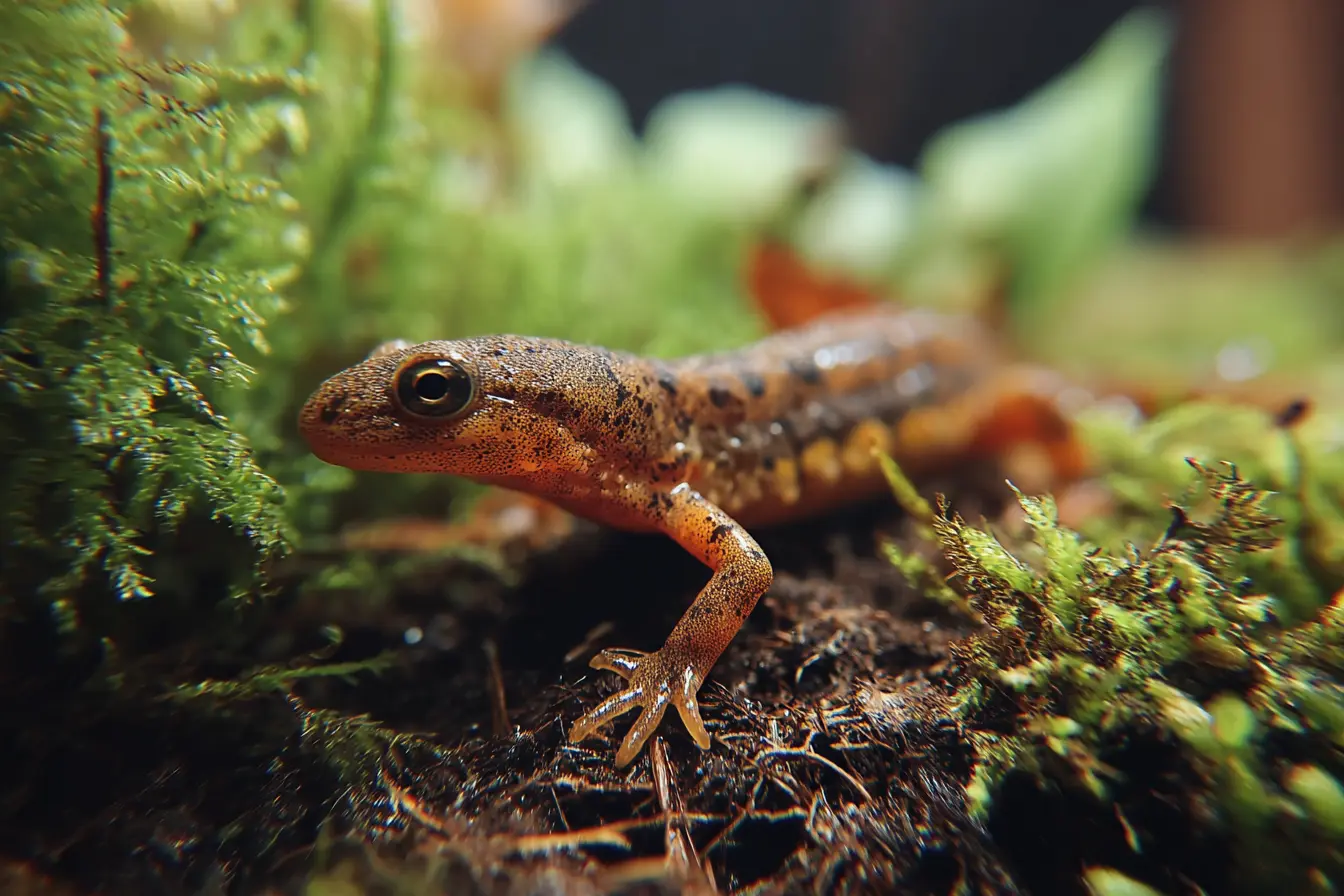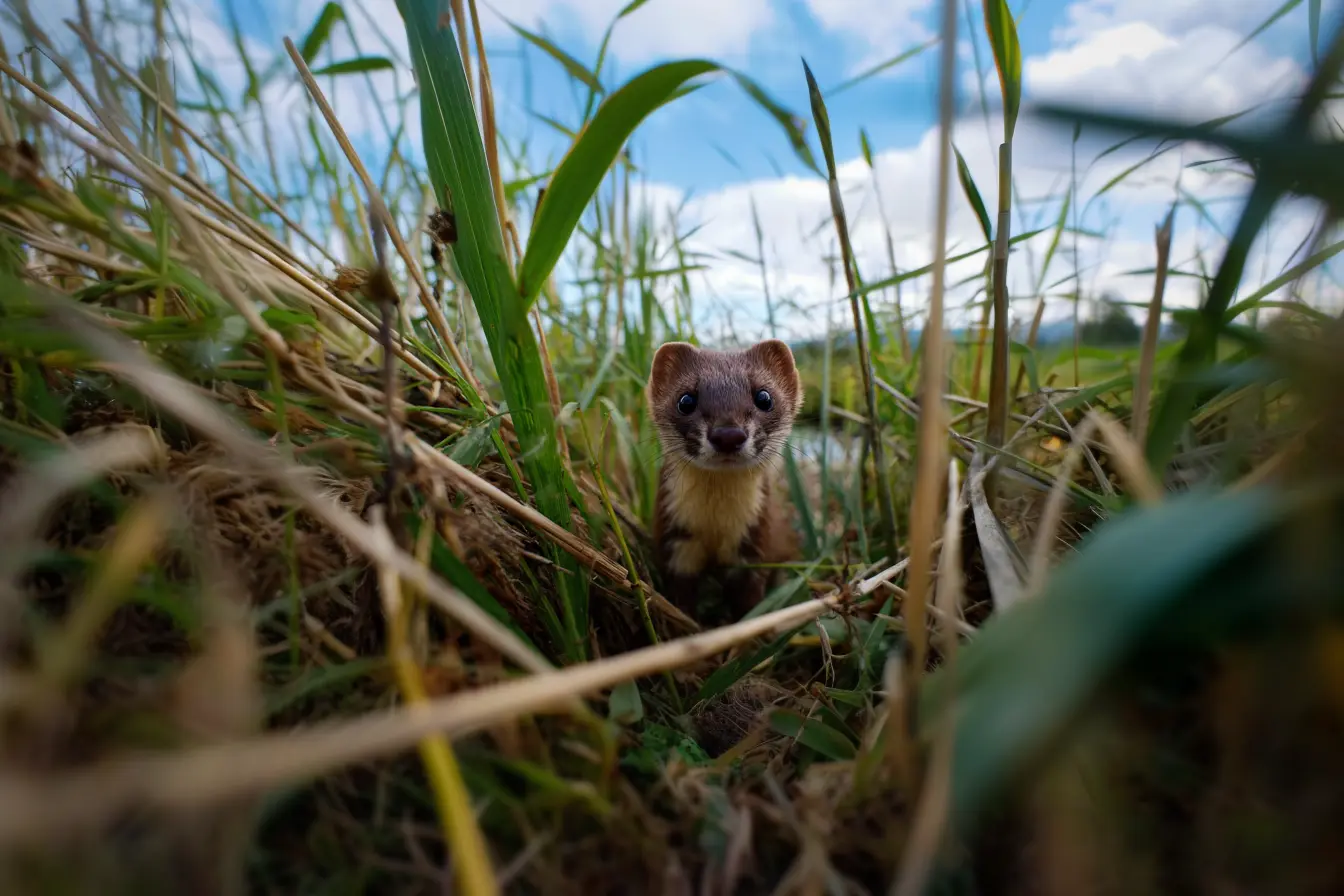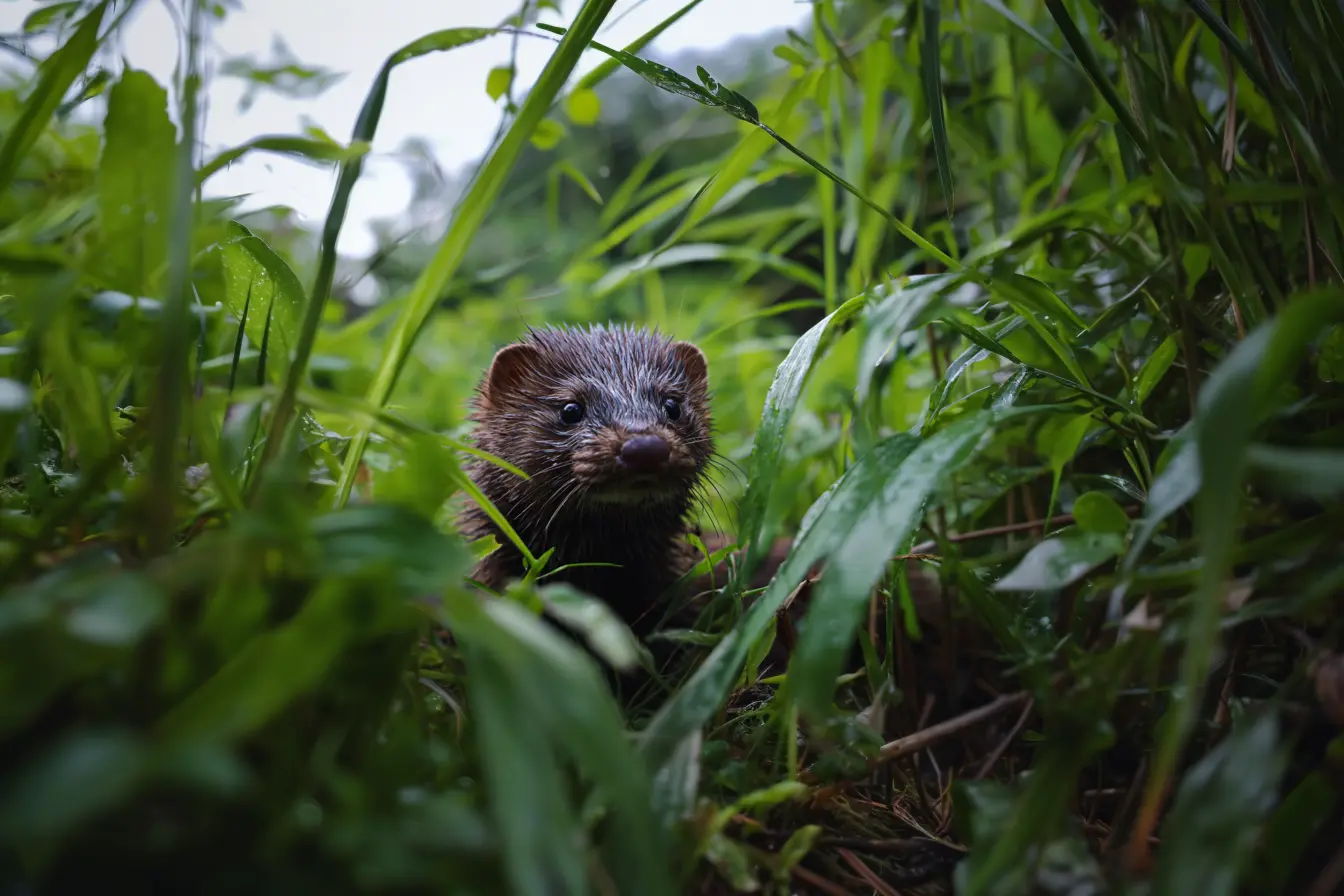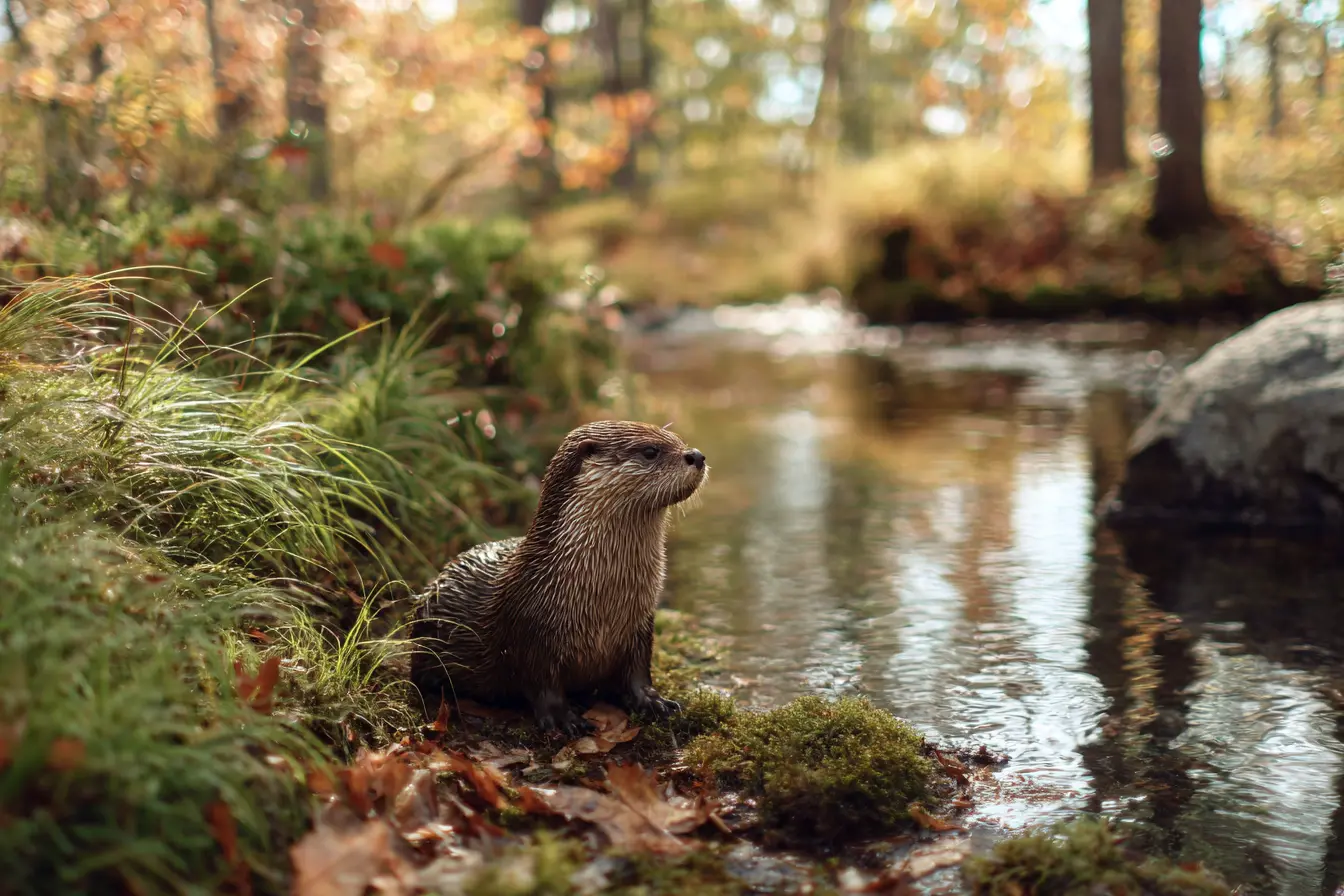
Otters in the UK
The otter (Lutra lutra) is one of the most iconic and charismatic mammals in the UK. Once driven to near extinction in many parts of the country due to pollution, habitat loss and persecution, otters have made a remarkable recovery and are now found in every county in the UK.
This blog post provides a detailed guide to otters in the UK, exploring their biology, behaviour, distribution, conservation status, and the challenges they continue to face. It also outlines how to identify otters and their signs, where to see them, and their importance within aquatic ecosystems.
Species and Classification
The Eurasian otter (Lutra lutra) is the only species of otter native to the UK. It belongs to the mustelid family, which also includes weasels, stoats, polecats and badgers. Eurasian otters are semi-aquatic mammals that spend much of their time in and around freshwater habitats but are also found along the coast.
Physical Characteristics
Otters are well adapted for a life both in water and on land. Their sleek, powerful bodies and thick fur allow them to thrive in diverse environments.
Key features
- Size: Adults measure 60 to 90 centimetres in body length with a tail of 30 to 45 centimetres. Males are generally larger than females.
- Weight: Between 7 and 12 kilograms for males, and 5 to 7 kilograms for females.
- Fur: Dense and waterproof; brown on top with a lighter underside. The fur traps air, providing insulation in cold water.
- Tail: Thick, muscular and tapering; used for steering while swimming.
- Head: Rounded with small ears, a blunt nose and long whiskers (vibrissae) for detecting prey underwater.
Otters have webbed feet and close their ears and nostrils when diving.
Distribution and Habitat
Eurasian otters are now present in every part of the UK, though densities vary depending on habitat quality and availability of food.
Preferred habitats
- Rivers and streams with wooded or vegetated banks
- Lakes and lochs
- Marshes and reedbeds
- Coastal estuaries and rocky shorelines
Otters require access to clean, unpolluted water with abundant prey and undisturbed resting sites. They are territorial and tend to avoid areas with heavy human activity, although they may venture close to settlements where habitat is suitable.
Recovery of the otter population
In the mid-20th century, otters suffered a dramatic decline due to:
- Use of organochlorine pesticides
- River pollution
- Habitat destruction
- Hunting and trapping
By the 1970s, otters were extinct across much of England and severely reduced in Wales and Scotland. Since then, a combination of legal protection, cleaner waterways, habitat restoration and public awareness has enabled their recovery. Otters are now present in every English county and have recolonised many parts of their former range.
Behaviour and Ecology
Otters are solitary and mostly nocturnal, although they may be seen during the day in quiet or remote areas.
Territory and movement
Otters have large territories that follow the course of rivers or coastlines. A male's territory may span 20 kilometres or more along a river, while females have smaller, overlapping ranges.
They mark their territories with spraints — distinctive, musky-smelling droppings placed in visible locations such as rocks, logs or paths. Spraints are used for communication between individuals and also indicate otter presence to observers.
Resting and breeding sites
- Holts: Otters rest and raise their young in dens known as holts. These may be located in tree roots, rock crevices, abandoned burrows or under riverbanks.
- Couches: Above-ground resting sites, often in dense vegetation.
Otters are shy and elusive, spending much of their time hidden. They are powerful swimmers and can dive for up to 4 minutes when hunting.
Diet and Hunting
Otters are carnivores and feed mainly on aquatic prey. Their diet varies with season, habitat and availability.
Typical diet
- Fish: Especially eels, trout, salmon and coarse fish
- Amphibians: Frogs, toads and newts, particularly in spring
- Crustaceans: Crayfish and crabs, especially in coastal areas
- Birds: Waterfowl and their chicks on occasion
- Small mammals: Occasionally taken, particularly when fish are scarce
Otters hunt primarily at night, using sight and touch to locate prey underwater. They are opportunistic and capable of adapting to local conditions.
Reproduction and Life Cycle
Otters do not have a fixed breeding season, although mating typically peaks in spring and early summer. Cubs may be born at any time of year.
Life cycle details
- Gestation: About 63 days
- Litter size: Usually 2 or 3 cubs
- Birth site: Cubs are born in a holt, blind and helpless
- Weaning: Begins at 10 to 12 weeks, though cubs stay with the mother for up to a year
- Independence: Cubs disperse around 12 to 15 months of age
Only the female cares for the cubs. Males do not participate in raising young.
Signs of Otter Presence
Because otters are secretive, it is often easier to find signs of their presence than to spot the animals themselves.
Look for:
- Spraints: Dark, twisted droppings with fish bones and scales; have a distinctive musky smell
- Tracks: Five-toed paw prints in mud or sand, sometimes with webbing visible
- Slides: Smooth trails down muddy or snowy riverbanks
- Feeding remains: Fish carcasses with characteristic bites to the head or belly
Otters are more likely to be seen early in the morning or at dusk, especially in quiet, undisturbed areas.
Conservation Status
Otters are legally protected in the UK and across Europe.
Legal protection
- Listed under Schedule 5 of the Wildlife and Countryside Act 1981
- Protected by the Conservation of Habitats and Species Regulations 2017
- Illegal to kill, capture, disturb or injure otters or to damage their resting or breeding sites
Their recovery is considered one of the UK’s most successful conservation stories, but ongoing monitoring and protection remain essential.
Threats and Challenges
Despite their recovery, otters still face several threats in the UK.
Main threats
- Road mortality: Otters are frequently killed on roads near rivers, especially at bridge crossings.
- Pollution: Chemical pollutants and heavy metals can still affect river systems and food chains.
- Habitat loss: Development near waterways reduces suitable resting and breeding sites.
- Fishery conflicts: Otters are sometimes blamed for predation on game fish and may be illegally persecuted.
Organisations including the Environment Agency, Wildlife Trusts and the Otter Trust work to mitigate these threats through habitat improvement, education and road mitigation measures such as underpasses and fencing.
Seeing Otters in the Wild
Spotting a wild otter is a memorable experience. To increase your chances:
- Visit quiet rivers, lochs or coastal areas early in the morning
- Look for signs such as spraints and tracks
- Use binoculars and stay still and quiet
- Scan reedbeds, river bends and quiet pools
- Be patient — sightings are often brief but rewarding
Otter hotspots in the UK include the Scottish Highlands, Norfolk Broads, River Teifi in Wales, and Exmoor in the south-west.
Importance in the Ecosystem
Otters are top predators in freshwater ecosystems. They play a key role in regulating fish populations and maintaining the health of aquatic food webs. Their presence is an indicator of clean water, abundant biodiversity and functioning river systems.
As an umbrella species, protecting otters often benefits a wide range of other plants and animals that share their habitat.
Conclusion
The return of the otter to Britain’s waterways is a conservation success story that reflects decades of hard work, legislation and environmental awareness. These remarkable animals are once again thriving in rivers, lakes and coastal areas across the UK.
Yet their future depends on continued efforts to protect habitats, reduce pollution and ensure peaceful coexistence with human activity. As both a symbol of wild rivers and a crucial part of aquatic ecosystems, otters deserve our respect, appreciation and protection for generations to come.
Vets near you
Speciality vets
- Aquatics vet specialists
- Birds vet specialists
- Camelids vet specialists
- Cats vet specialists
- Cattle vet specialists
- Deer vet specialists
- Dogs vet specialists
- Equines vet specialists
- Exotic vet specialists
- Goats vet specialists
- Pigs vet specialists
- Poultry vet specialists
- Sheep vet specialists
- Small Mammals vet specialists
- Wild vet specialists
